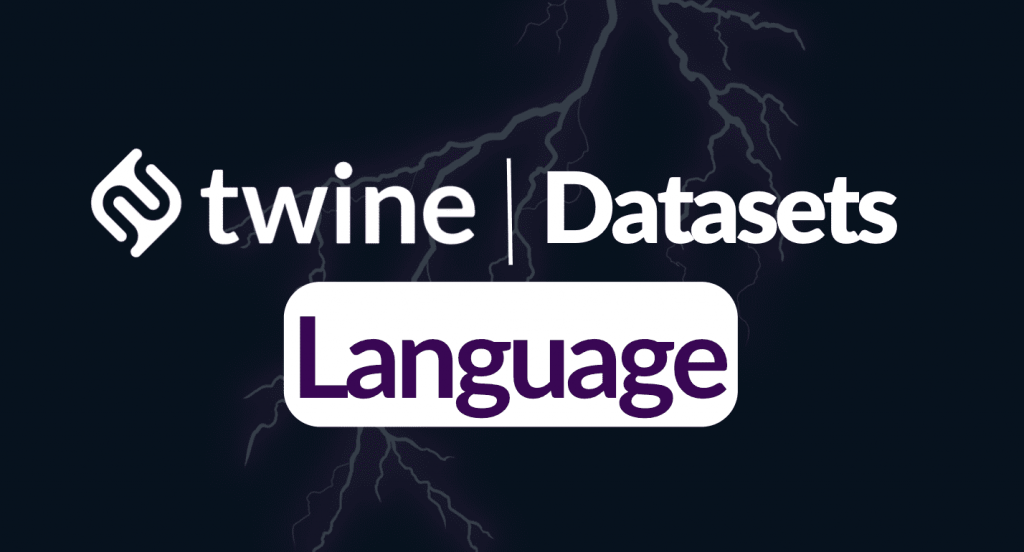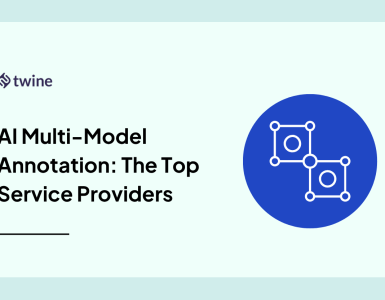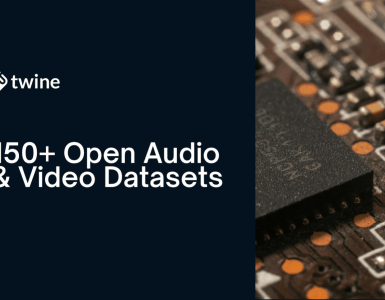
In today’s increasingly world, the need for accurate and reliable data annotation has never been greater. From self-driving cars to virtual assistants, machine learning models rely on annotated data to function effectively. Without proper annotation, even the most advanced algorithms would struggle to make sense of the vast amounts of unstructured data available. Data annotation plays a crucial role in machine learning, enabling computers to understand and process vast amounts of information.
What is Data Annotation?
In simple terms, data annotation involves labeling data to make it intelligible for machines. By annotating data, we provide context and meaning to raw information, allowing machine learning algorithms to recognize patterns, make predictions, and perform complex tasks. Computers lack the inherent ability to process and comprehend visual information as humans do.
Therefore, data annotation serves as the bridge between the raw data and the AI algorithms, enabling machines to make informed predictions and decisions. By assigning labels, tags, or metadata to specific elements within the dataset, it provides the necessary context for machines to learn and analyze patterns.
Importance of data annotation in machine learning
The process of data annotation is vital for training machine learning models. By labeling data with relevant tags, categories, or attributes, we create a ground truth dataset that serves as the basis for teaching algorithms how to interpret new, unseen data. This labeled data allows machine learning models to learn from examples and generalize their knowledge to make accurate predictions or classifications.
Accurate data annotation is crucial for ensuring the performance and reliability of machine learning models. The quality of the annotated data directly affects the model’s ability to learn, adapt, and make informed decisions. Without accurate annotations, models may produce inaccurate or biased results, leading to serious consequences in real-world applications.
Types of data annotation techniques
There are various techniques used for data annotation, each suited for different types of machine-learning tasks. Some common types of data annotation techniques include:
- Image Annotation: In image annotation, objects or regions of interest within an image are identified and labeled. This technique is commonly used in computer vision tasks such as object detection, image segmentation, and facial recognition.
- Text Annotation: Text annotation involves labeling textual data, such as documents, sentences, or words, with relevant tags or categories. This technique is widely used in natural language processing tasks, including sentiment analysis, named entity recognition, and text classification.
- Audio Annotation: Audio annotation involves transcribing and labeling audio data, such as speech or sound events. This technique is essential for speech recognition, audio classification, and sound event detection applications.
- Video Annotation: Video annotation involves labeling objects, actions, or events within video sequences. This technique is crucial for video analysis tasks, such as action recognition, object tracking, and surveillance systems.
Choosing the appropriate data annotation technique depends on the specific requirements of the machine learning task at hand.
Common challenges in data annotation
While data annotation is a crucial step in machine learning, it is not without its challenges. Some common challenges in data annotation include:
- Subjectivity: Data annotation can be subjective, as different annotators may interpret and label data differently. This subjectivity can introduce inconsistencies and affect the overall quality of the annotated data.
- Scale: Annotating large datasets can be time-consuming and resource-intensive. As the volume of data increases, the annotation process becomes more complex and requires efficient tools and methodologies to ensure accuracy and efficiency.
- Labeling Ambiguity: Some data may be inherently ambiguous or require domain-specific knowledge to label accurately. Annotators must possess the necessary expertise and context to interpret and label such data correctly.
Addressing these challenges requires a combination of expertise, efficient annotation tools, and well-defined annotation guidelines to ensure consistent and accurate annotations.
How to become a data annotator?
Becoming a data annotator requires a combination of domain knowledge, attention to detail, and proficiency in annotation tools. Here are some steps to become a data annotator:
- Develop domain expertise: Gain knowledge and understanding in the domain you wish to annotate data for. This could be in fields such as computer vision, natural language processing, or audio processing.
- Familiarize yourself with annotation tools: Learn to use popular annotation tools and software, such as Labelbox or Supervisory. Practice using these tools to annotate sample datasets and familiarize yourself with their features and functionalities.
- Stay updated: Keep up with the latest trends and developments in the field of data annotation and machine learning. Attend conferences, read research papers, and participate in online communities to stay informed about new techniques and best practices.
- Build a portfolio: Create a portfolio of annotated datasets that showcase your skills and expertise. This will help you demonstrate your capabilities to potential clients or employers.
- Seek opportunities: Look for freelance or job opportunities in data annotation. Online platforms and marketplaces like Upwork or Kaggle often have projects available for data annotators.
By following these steps, you can establish yourself as a skilled data annotator and contribute to the development of machine learning models.
Best practices for data annotation
To ensure accurate and reliable annotations, it is essential to follow best practices in data annotation. Here are some key guidelines to consider:
- Annotation guidelines: Develop clear and concise annotation guidelines that define the criteria for labeling data. These guidelines should be comprehensive, and unambiguous, and provide examples to ensure consistency among annotators.
- Quality control: Implement quality control measures to evaluate the accuracy and consistency of annotations. This can involve regular reviews, inter-annotator agreement checks, or using gold-standard datasets for benchmarking.
- Iterative process: It is an iterative process, and annotations may need refinement over time. Encourage feedback and collaboration among annotators to improve the quality of annotations.
- Data augmentation: Consider using data augmentation techniques to increase the diversity and variability of annotated data. This can improve the model’s ability to generalize and perform well on unseen data.
By following these best practices, data annotation can be performed efficiently and consistently, leading to high-quality annotated datasets.
Case studies showcasing the impact of accurate data annotation
Accurate data annotation has a significant impact on the performance and reliability of machine learning models. Here are two case studies that highlight its importance:
1. Autonomous Driving: In the field of autonomous driving, accurate data annotation is crucial for training models to recognize and respond to various objects and scenarios on the road. Through accurate annotation of millions of images and video frames, machine learning models can learn to identify pedestrians, vehicles, traffic signs, and other critical elements, enabling safe and efficient autonomous driving.
2. Medical Diagnosis: In medical diagnosis, accuracy is essential for training models to detect and classify diseases from medical images or patient records. By annotating large datasets of medical images with precise labels, machine learning models can assist doctors in diagnosing conditions such as cancer, cardiovascular diseases, or neurological disorders, leading to early detection and better patient outcomes.
These case studies demonstrate the transformative impact of accurate data annotation in real-world applications, making it an integral part of the machine-learning pipeline.
Outsourcing data annotation services
For organizations looking to leverage the benefits of data annotation without the resources or expertise to perform annotation in-house, outsourcing data annotation services can be a viable option. Outsourcing allows businesses to access a global pool of skilled annotators, scale annotation efforts, and benefit from specialized tools and expertise.
When considering outsourcing data annotation services, it is essential to ensure data privacy and confidentiality, establish clear communication channels, and define quality control measures to maintain the accuracy and consistency of annotations.
Conclusion
As machine learning continues to advance and find applications in various industries, the importance of data annotation will only grow. Accurate and reliable annotated data is the foundation on which machine learning models are built, enabling them to understand and interpret complex information.
The future of this lies in the development of more sophisticated annotation techniques and tools that can handle diverse data types and improve efficiency. Additionally, advancements in artificial intelligence and automation may further streamline the annotation process, reducing the time and effort required.
By understanding its significance, we can unlock the full potential of machine learning and drive innovation in various domains. With accurate annotations, we can create intelligent systems that revolutionize industries, improve decision-making, and enhance our daily lives.
If you’re interested in learning more about data annotation or need custom data annotation services, get in touch with our team today.



